What comes to your mind if someone were to ask you, “What is the most beautiful coin you have ever seen?” Well, that’s a question that depends on whom you are asking this question of and what they collect. Naturally, collectors may answer this question with an opinion based on their own numismatic perspectives. And that seems logical, as many collectors have focused on a specific segment of the coin market that hits home, such as collecting items reflective of their past experiences or heritage. Many collectors may not focus outside of their comfort zone. However, if you do, you’ll surely find that the world has many choices to choose from.
Take, for example, the 1847 Great Britain crown, which is known as the “Gothic Crown.” If somebody were to ask a coin collector in Great Britain what is your “favourite” coin of all-time? The Gothic Crown will probably be at the top of the list or even number one. With 8,000 pieces struck, three edge varieties exist, this gorgeous proof coin was engraved by William Wyon who came from a great lineage of die sinkers and master engravers. William studied under his father Peter at the age of 14. He began engraving at the Royal Mint at about 21 years of age in 1816, became the head engraver in 1828, and created one masterpiece after another. At the age of 51, his crowning achievement was engraved: the Gothic Crown.
On October 16, 1834, there was a great fire that ravaged the Houses of Parliament (Palace of Westminster) in Great Britain. Charles Barry and Augustus Pugin were the two men that were given the contract to construct new buildings and they chose the Gothic Style. This type of architecture dates back to the 12th century and reached its pinnacle in the 16th century. Most of these styles were a combination of Roman, Byzantine, and Islamic styles, which were blended together. High arches, pointed arches, stained glass, and mosaic work are some of the characteristics that became infused in standard architecture during the Middle Ages. This type of style evolved as travelers visited different regions and influences spread from country to country.
Wyon would have witnessed the Palace of Westminster evolve during the early years of construction and he worked at the Tower Mint, which was about three kilometers (1.86 miles) away. The reconstruction of the Houses of Parliament began in 1840 and took about 20 years to complete. These buildings represented a revival of the Gothic Style in Great Britain by Augustus Pugin and Charles Barry. The Gothic Style in which these buildings were constructed more than likely influenced his work as he engraved the 1847 Gothic Crown.
The Obverse
The design of this coin was meant to showcase Queen Victoria, and it does so admirably. Her hair is coiffed and the braids seamlessly blend in. Victoria is displayed in an elegant manner with a crown on her head. Her dress panel appears to be made of a lace-like fabric of the time, decorated with multiple floral adornments, and accompanying foliage which is shown in detail. Part of the dress panel also displays the national flowers of Great Britain, which are the Tudor rose, Ireland’s shamrock, and Scotland’s thistle. The denticles are reminiscent of clovers. A surrounding legend which is in Gothic script reads Victoria Dei Gratia Britanniarum Regina Fidei Defensatrix which translates into, “Victoria by the Grace of God Queen of the Britains Defender of the Faith.” This entire side of the coin was designed and engraved by Wyon. This timeless design speaks for itself.
The Reverse
The English coat of arms, which can be seen above twice, is represented by three lions and each shield is crowned. Flanking the lions are the coat of arms for Ireland which is represented by a harp. The coat of arms for Scotland, which is the Rampant Lion, is surrounded by an ornate shield. The Tudor rose, the national flower of Great Britain, is displayed twice with meticulous detail. Our next flower is the shamrock, representing Ireland, and the thistle is the national flower of Scotland. Each of these shields sits on top of a diamond floral pattern that can be seen underneath these flowers.
Located in the center of the coin is the arms of the Order of the Garter, which is adorned by four leaves and a motto written in Latin, “Honi soit qui mal y pense” or “Evil to him who evil thinks.” This badge was founded by Edward III in 1348 and is dedicated to the image and arms of St. George, who was England’s patron saint. All of these engravings are surrounded by the Gothic legend, “tueatur unita deus, anno dom mdcccxlvii,” which translates into, “May God protect this Union In the year of our Lord 1847.” A Scottish artist by the name of William Dyce had designed the reverse, which was meticulously engraved by Wyon.
Wyon had first engraved a young Queen Victoria in 1834 for an 1837 medallic issue known as the “Visit to the City of London” for her 18th birthday. The reverse displays Guild Hall, which has many influences of Gothic style and is engraved by Wyon. The obverse portrays Queen Victoria wearing a diadem and her hair is up in a ponytail. This portrait became an influence for the first adhesive stamp in the world which is known as ”The Penny Black” that was released in 1840. Queen Victoria appreciated his work and it’s reported she told Wyon, “You always represent me favourably.” In return Wyon noted how Queen Victoria, “was an excellent sitter.”
On October 29, 1851, Wyon passed away, but his work has continued to be celebrated and remains unsurpassed in many respects. Queen Victoria, upon hearing of his death, wrote the following in her diary, “I grieve to say that the excellent, talented man, Mr. Wyon, who modeled the medals, is no longer alive. He was a medallist to the Mint and will be a serious loss.”
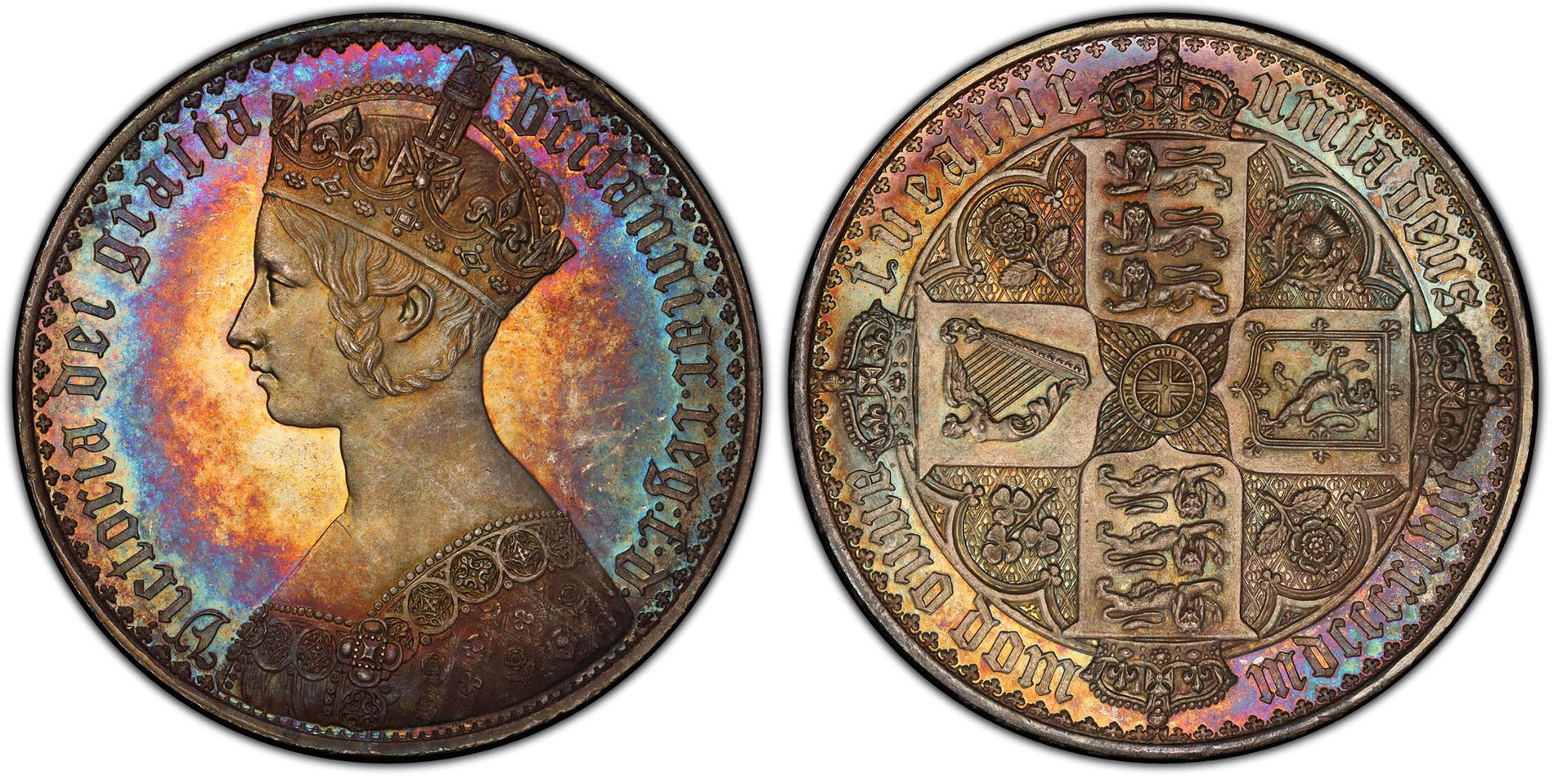
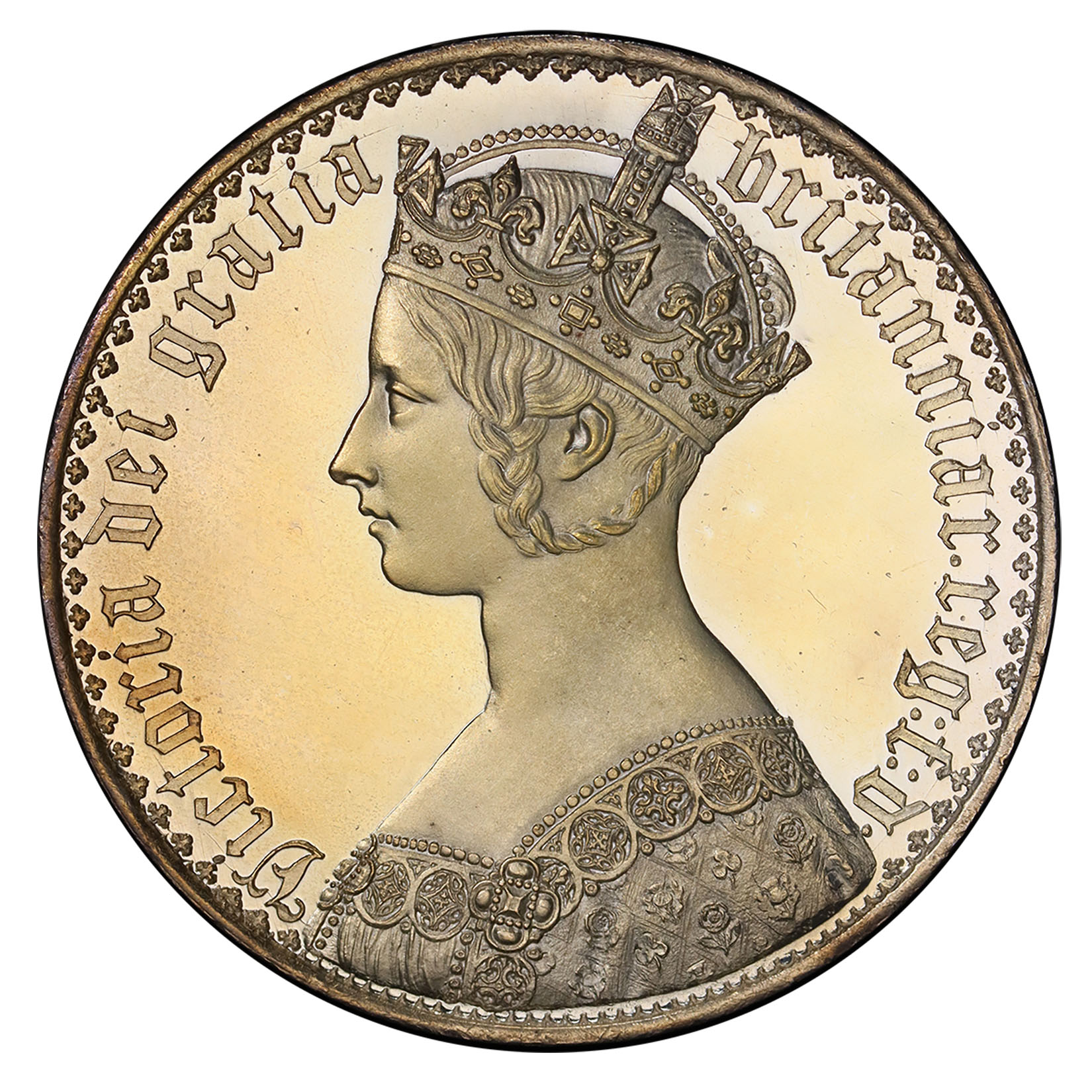






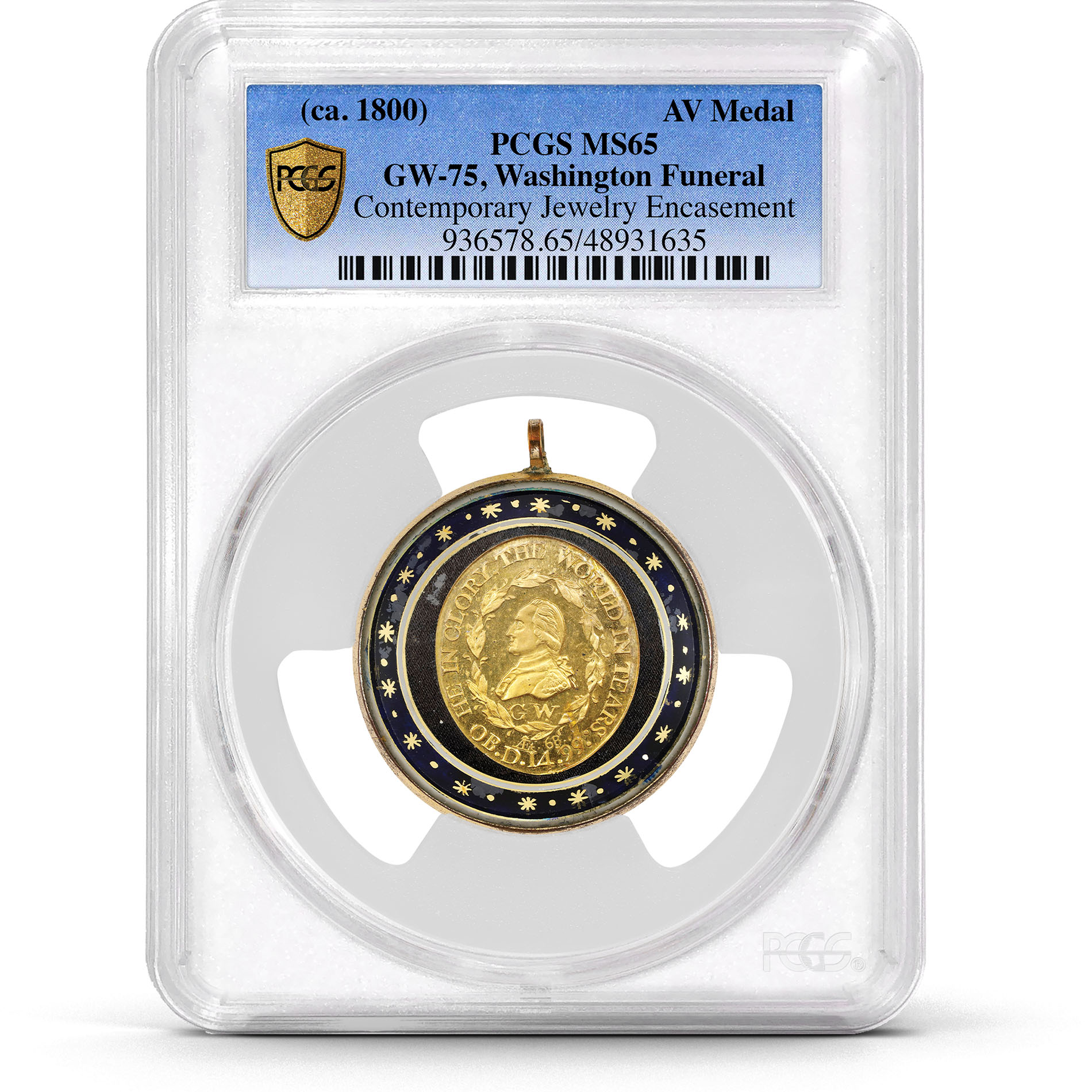
 Copper & Nickel
Copper & Nickel
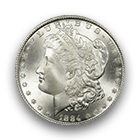 Silver Coins
Silver Coins
 Gold Coins
Gold Coins
 Commemoratives
Commemoratives
 Others
Others
 Bullion
Bullion
 World
World
 Coin Market
Coin Market
 Auctions
Auctions
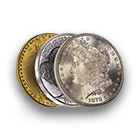 Coin Collecting
Coin Collecting
 PCGS News
PCGS News